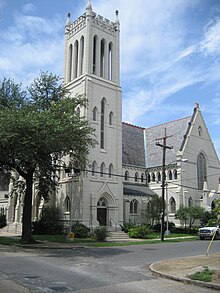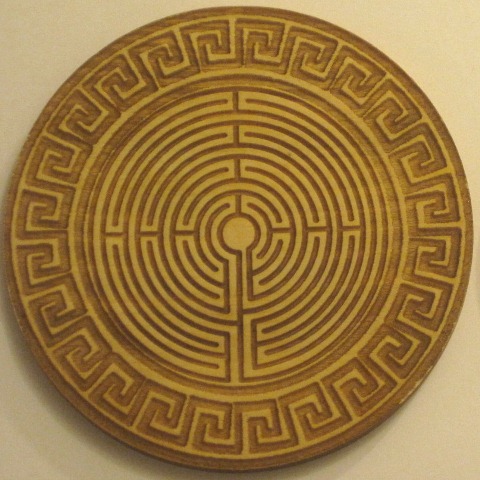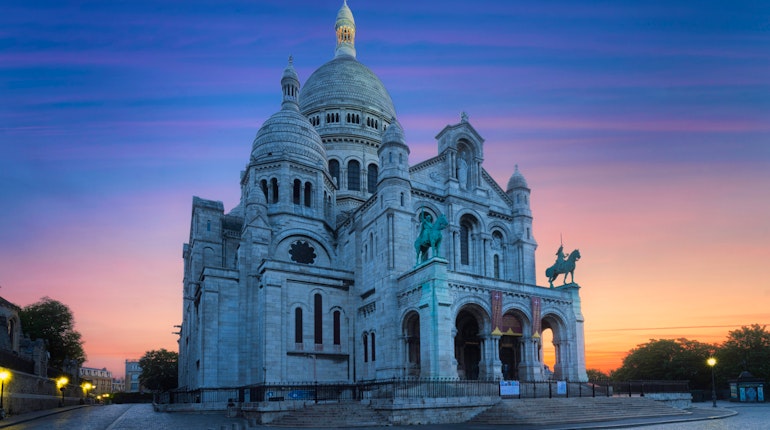So I read this 2012 article (http://www.telegraph.co.uk/culture/culturenews/9140869/Dantes-Divine-Comedy-offensive-and-should-be-banned.html), which reports claims (from a human rights organization with international influence—it acts as a consultant for the UN, apparently) that Dante’s work should no longer be taught in school.
Then the article backtracks a bit with a quote from the president of the organization, Valentina Sereni. She clearly states that the group (Gherush 92) does NOT support censorship. However, the article does include this quote from Sereni: “We would like it acknowledged, clearly and unambiguously, that in the Divine Comedy there is racist, Islamophobic and anti-Semitic content. Art cannot be above criticism.”
As one piece of evidence, the group cites that, in the work, Muhammad had to undergo a gruesome punishment for his “heresy.” After doing a bit more investigation, I found that Muhammad is actually in the eighth circle of Hell, for fraud (which, as we learned, Dante considered worst of all). So, yeah. Dante clearly didn’t like him.
The article goes on to cite some guy named Giorgio Rembado (the president of an Italian head teachers' association): “Works of literature need to be placed in the historical context.”
Hmmm. Interesting. I believe it’s true that we should put works of literature in historical context, in order to glean the full and true meaning (or, rather, a deeper interpretation or understanding). But how much does historical context really excuse? (Although I'm not saying I agree with everything Muhammad said, either—that's beside the point.) Since I haven’t read Dante’s full work, I can’t claim to actually know a lot about these charges, or be able to support/refute them with my own evidence; but the question still stands. Yeah, Dante was born in the 1200s, but he was clearly educated and brilliant. But was he simply a product of his time, inculcated with these beliefs and born to circumstances out of his control? Then again…that excuse could probably apply to everyone, including the people who broke out of those preconceived notions of their time and challenged them.
I don’t think that Dante’s
Comedia should be banned from schools. To me, that’s ridiculous. Obviously I don’t agree or support racism, Islamophobia, or anti-Semitism. Those views are absolutely wrong, from both logical and (more importantly) moral standpoints, and it SHOULD make us angry that there are people who support that kind of thinking and discrimination (not very Christian if you ask me). But…we’re just going to stop reading influential works of literature because they include elements that are wrong? Are we going to stop learning about the horrible parts of history, too? Goodbye, most of American history! What would be the point of that? No, actually—what’s the point? So we can ignore the fact that these kinds of people existed and still exist? Teaching or learning the material does not mean these views are being praised. Yes, it should be made clear what Dante was doing in the
Divine Comedy by putting Mohammad into Hell, but we shouldn’t just chop out that part of his work. We can’t eradicate everything that’s wrong in the world, and we deserve to know it’s there (often while vehemently disagreeing, of course).
After all, isn’t that one of the purposes of literature? To spark discussion? If we never learned about this kind of thing, how are we going to know that we disagree with it? How are we going to learn how to think for ourselves, to come to moral conclusions for ourselves? Teachers can’t hold our hands for the rest of our lives. They can’t always be there to tell us what’s right and what’s wrong—but they can teach us to think for ourselves, and that’s something we’ll know how to do long after we go out into the “real world.” That’s something we need to know how to do. And that’s why I think it would be wrong to ban Dante’s
Comedia, because the fact is, we can’t blot out the parts of human existence that we’re ashamed of, but we can use them to hopefully make the future brighter.




















